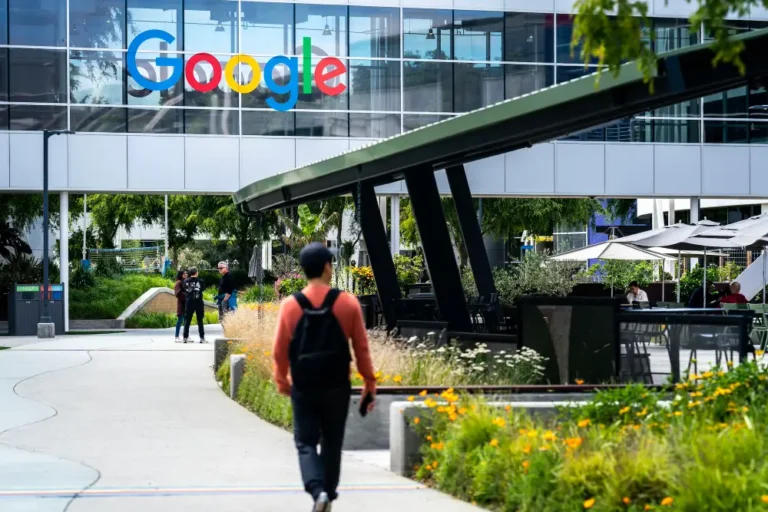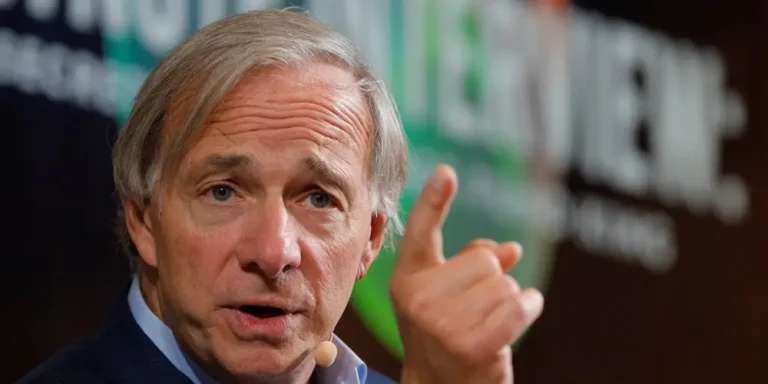I’ve made $800,000 in sales this year selling products on Amazon — and I only work up to 10 hours a week doing it

- Ben Alistor started selling tanning mitts on Amazon FBA as a side hustle with his partner.
- He shared how he figured out what products to sell and the optimum price point for each.
- Alistor detailed the expensive mistakes he made and how he addressed them.
- This first-person account is based on a transcribed conversation with Ben Alistor, a 30-year-old Amazon seller and coach from London, England. Insider has provided documentation to back up his earnings. *This section has been edited for length and clarity.
In June 2018, I began selling products on Amazon FBA, or Fulfillment by Amazon, a platform where people can sell items but Amazon handles the shipping.
I was doing regular recruiting work. I despised it, but I didn’t have many options. That year, I bought my first home and realized I needed more money to cover the mortgage and other expenses.
I couldn’t save any more money from my paycheck. I began looking for additional ways to supplement my 9-to-5 income. I experimented with cryptocurrency, drop-shipping, and forex trading. I spent money trying them out.
I kept seeing advertisements for Amazon FBA. I wanted to start my own business, but Amazon didn’t require me to take out a loan to pay for things like office or restaurant leases.
Getting started was a challenge
There wasn’t a lot of public information available about how Amazon FBA worked. There was a lot to learn, such as how to get onto the first page of products, get good reviews, ship products, and calculate fees. Everything was quite overwhelming.
There is also a lengthy period between investing in a product and receiving a return on investment. If I ordered something in January, it would arrive in the UK in March and begin selling in April.
I chose my first product by looking at customer reviews
I began with £1,200 (approximately $1,520) to invest in my first product with my partner. I noticed that sellers were selling spray tan application mitts. I noticed in the reviews that buyers complained about how difficult it was to reach their backs with the mitt.
I spoke with a few suppliers on Alibaba, a Chinese e-commerce company that sells wholesale products, and discovered a new product that used a string to connect two mitts. I purchased 600 units for £2.21 (approximately $2.81) each. We initially stored the products ourselves, but then we sent them to Amazon, who now stores our inventory for us.
More than the description, images are the most important selling point on Amazon. My partner is a graphic designer, so she takes professional photos of the products for me.
I tested out a few different price points
Selling on Amazon FBA requires a delicate balance between running out of stock and selling too few products. I began selling the mitt for £7.99 and gradually increased the price to see if people continued to buy it. They did until I raised the price to £10.99, at which point sales plummeted.
I settled on £9.99, or about $12.72, as the highest price I could charge for the product. After Amazon’s referral and fulfillment fees, each sale netted me £5.83, or approximately $7.42. We sold between 250 and 300 units in the first month and started making a decent profit.
I kept my nine-to-five and put my profits back into the business
For the past two years, we have reinvested our profits in purchasing new products. We’d switch products when newer, better designs became available. However, we continued to order some products, such as toys, for four years because they continued to sell.
Our sales shot up when I lost my job
During the COVID-19 pandemic, I was laid off. My partner and I both decided to devote our full attention to our Amazon businesses. We increased the number of hours I worked on the business from 20 to 50 per week. We hired someone in China to assist us in better negotiating with their suppliers.
In the pandemic, I also focused on selling mask strings to people who were making their own masks. I paid £0.39 for them and sold them for £3.50.
When you account for Amazon referral and fulfillment, which varies depending on the product fees, our profit margin is between 20% and 25% of those figures.
We made £1 million (approximately $1.2 million) in sales last year.This year, we earned £631,700 (approximately $802,000).
We learned two important lessons
I attempted to sell a mini camera to buyers for security purposes. I bought 400 of them for £18 each and had them shipped from China to the UK. Customers, however, gave the camera negative feedback. Fortunately, I had insurance, which allowed me to recoup some of the money I had lost from the supplier.
Another lesson was to keep our stock in a UK storage facility that we obtained ourselves. We used to use Amazon storage, which provides up to 271 days of free storage. However, if you order thousands of items, or if those items have negative reviews, you may end up storing them for an extended period of time, which can be costly.
I now work up to 10 hours a week on Amazon
Along with my Amazon store, I mentor new sellers and manage several social media platforms. I work about 50 hours per week in total, but I’ve now streamlined my Amazon business so that I only work about 10 hours per week on it. We currently have 82 products for sale on our website.
Amazon sellers don’t always see immediate results, but if you put in the effort, it can become a relatively passive source of income. Anyone can do it if I can.






